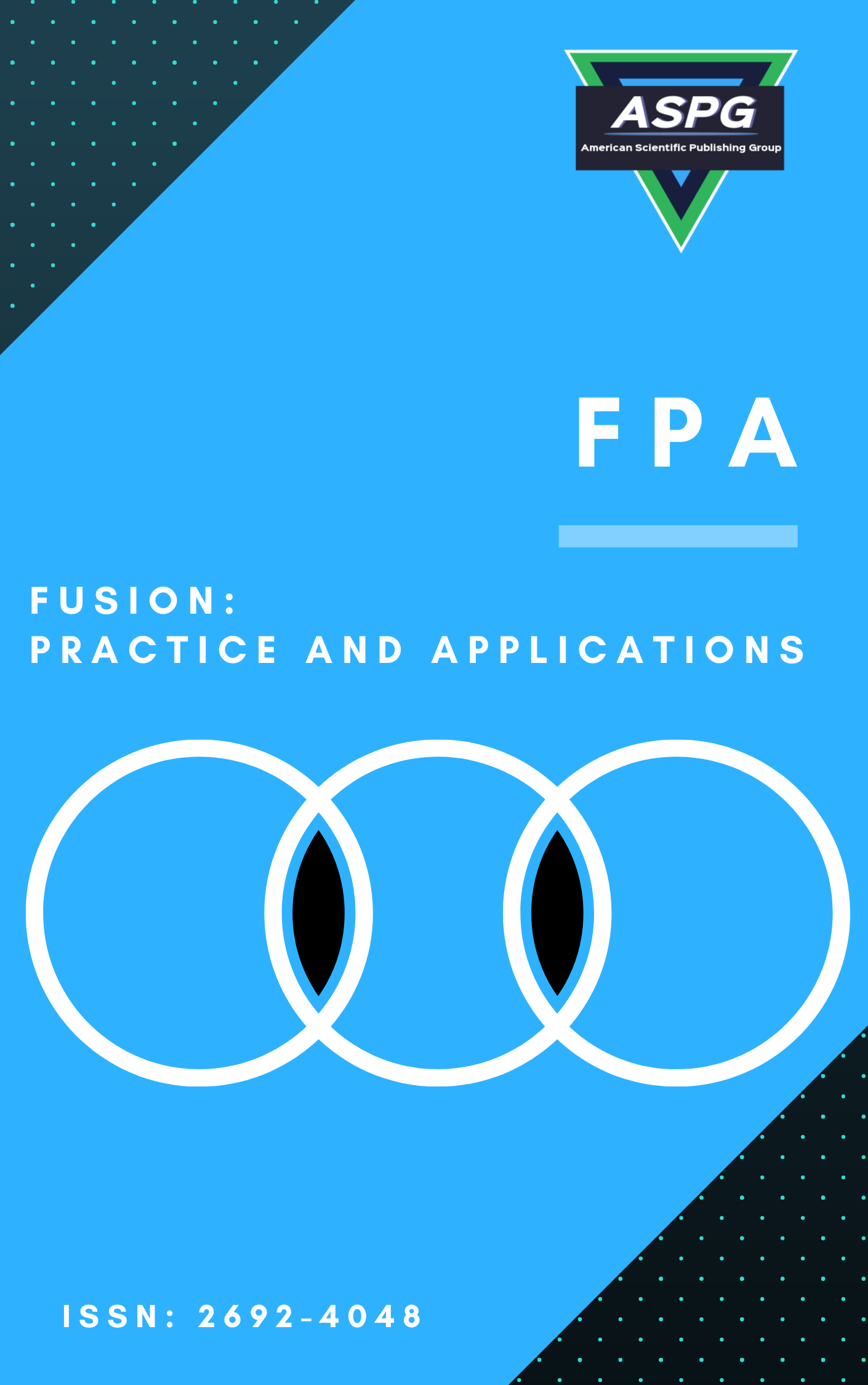

Volume 20 , Issue 1 , PP: 24-33, 2025 | Cite this article as | XML | Html | PDF | Full Length Article
Sadia Nawaz 1 , Shujauddin Khan 2 * , Jamal Abdul Nasir 3
Doi: https://doi.org/10.54216/FPA.200103
The hospitality industry is rapidly evolving, with intense competition among organizations striving to attract and retain customers. One of the key factors influencing customer satisfaction and loyalty is the emotional intelligence of employees. Higher emotional intelligence fosters positive behavior, which enhances customer experience and engagement. This study aims to identify and prioritize the most critical factors and sub-factors of emotional intelligence in the private hospitality sector. Data for this research has been collected from hospitality businesses in the Lucknow region. The prioritization process is carried out using the Analytical Hierarchy Process (AHP), a widely used multi-criteria decision-making (MCDM) technique. The rankings derived from AHP provide valuable insights into the key attributes of emotional intelligence that employees should focus on for professional growth. By understanding these priorities, hospitality employees can enhance their emotional intelligence, leading to improved customer interactions, better teamwork, and overall organizational success.
Emotional intelligence , Emotional intelligence attributes , Multi-criteria decision-making , Analytic Hierarchy Process (AHP) , AHP for Emotional Intelligence , Sustainable Development Goals (SDGs) , Prioritization of Emotional Intelligence Factors
[1] D. Goleman, R. Boyatzis, and A. McKee, Primal Leadership: Unleashing the Power of Emotional Intelligence, Boston, MA: Harvard Business Review Press, 2013.
[2] S. Ahwal and S. Deniel, "A comparative study to assess the emotional quotient of staff nurses working in a private and a government hospital of New Delhi," ADR Journals, 2013, pp. 1-8.
[3] M. Munir and R. I. Azam, "Emotional intelligence and employee performance: An intervention-based experimental study," J. Bus. Econ., vol. 9, no. 2, pp. 1–19, 2017.
[4] D. Kannaiah and R. Shanthi, "A study on emotional intelligence at the workplace," Eur. J. Bus. Manage, vol. 7, no. 24, 2015, pp. 1-8.
[5] S. Upadhyay and N. Upadhyay, "A multi-criteria decision framework to measure spiritual intelligence of university teachers," Procedia Comput. Sci., vol. 91, pp. 591–598, 2016.
[6] S. S. A. Abidi and F. Farouqui, "Analytical Hierarchical Process for Software Dependability," in Proc. 6th Int. Conf. Comput. Sustain. Global Dev., 2019, pp. 1456–1460.
[7] AHP Solver, "AHP online calculator," 2023. [Online]. Available: http://bpmsg.com/academic/ahp_calc.php
[8] S. K. Dubey, A. Mittal, and A. Rana, "Measurement of Object-Oriented Software Usability using Fuzzy AHP," Int. J. Comput. Sci. Telecommun., vol. 3, no. 5, pp. 98–104, 2012.
[9] B. Penzenstadler, M. Mahaux, and C. Salinesi, "Requirements engineering for sustainable systems," in Proc. Int. Working Conf. Requirements Eng.: Found. Softw. Qual., 2012, vol. 52, pp. 8–13.
[10] G. Ruhe, A. Eberlein, and D. Pfahl, "Quantitative win–win: A new method for decision support in requirements negotiation," in Proc. 14th Int. Conf. Softw. Eng. Knowl. Eng., 2002, pp. 159–166.
[11] T. L. Saaty, The Analytic Hierarchy Process, New York, NY: McGraw-Hill, 1980.
[12] T. L. Saaty, "How to make a decision: The analytic hierarchy process," Eur. J. Oper. Res., vol. 48, no. 1, pp. 9–26, 1990.
[13] A. Smith and B. Johnson, "Emerging Trends in Emotional Intelligence Training in Organizations," Int. J. Human-Computer Interaction, vol. 35, no. 4, pp. 345–357, 2023.
[14] L. Chen and M. Zhao, "Blockchain Technology in Financial Services: A Review," J. Fin. Technol., vol. 2, no. 1, pp. 15–28, 2021.
[15] R. Kashyap, "Security, Reliability, and Performance Assessment for Healthcare Biometrics," in Design and Implementation of Healthcare Biometric Systems, D. R. Kisku, et al., Eds. Hershey, PA: IGI Global, 2019, pp. 29–54.
[16] R. Kashyap, "Big Data Analytics Challenges and Solutions," in Advances in Ubiquitous Sensing Applications for Healthcare: Big Data Analytics for Intelligent Healthcare Management, N. Dey, et al., Eds. Cambridge, MA: Academic Press, 2019, pp. 19–41.
[17] H. Byeon, R. Nair, V. Mahalakshmi, M. I. Khalaf, B. Kaushik, and M. Shabaz, "Enhancing medical image-based diagnostics through the application of convolutional neural networks techniques," in Proc. 2024 3rd Int. Conf. Distributed Comput. Elect. Circuits Electron. (ICDCECE), Ballari, India, 2024, pp. 1–6.
[18] R. Nair, M. M. Abdulhasan, H. H. Khalaf, and A. M. Shareef, "A deep learning-based model for mutation rate prediction of COVID-19 using genomic sequences," in Proc. 2023 7th Int. Conf. Image Inf. Process. (ICIIP), Solan, India, 2023, pp. 759–764.
[19] S. Dubey et al., "Why Big Data and Data Analytics for Smart City," in Proc. 2023 IEEE Int. Conf. Comput. Vis. Mach. Intell. (CVMI), Gwalior, India, 2023, pp. 1–5.